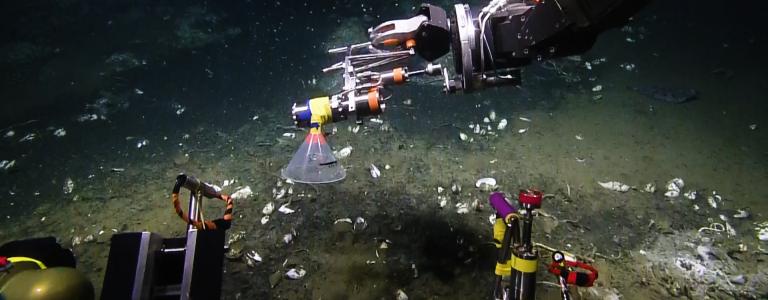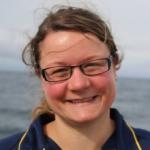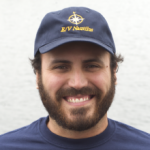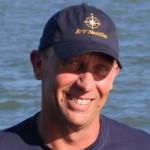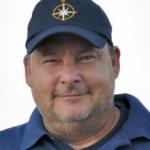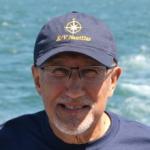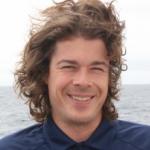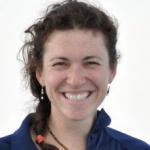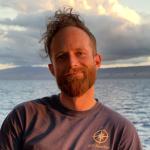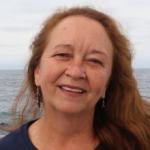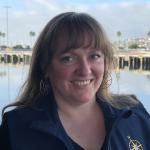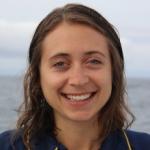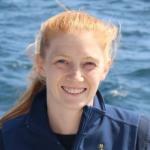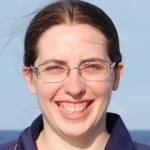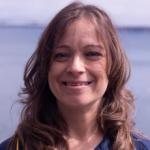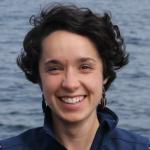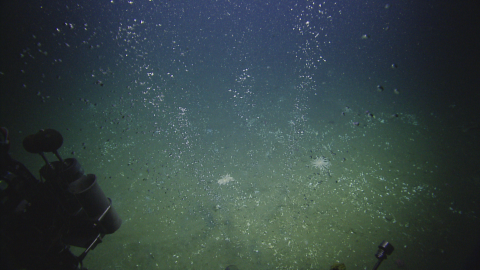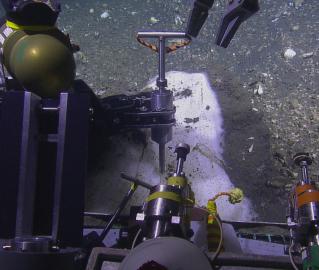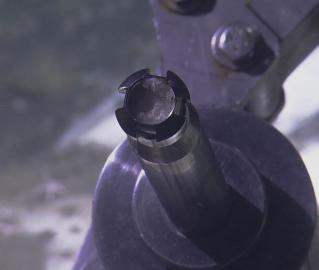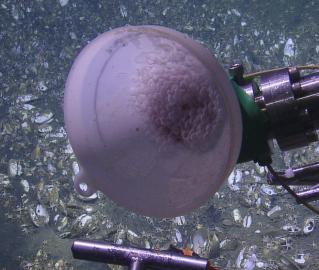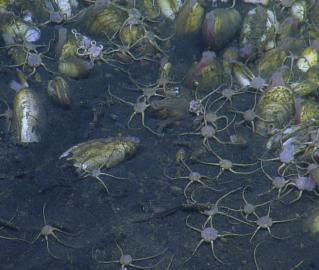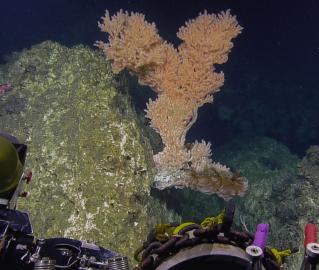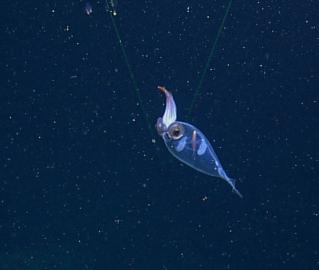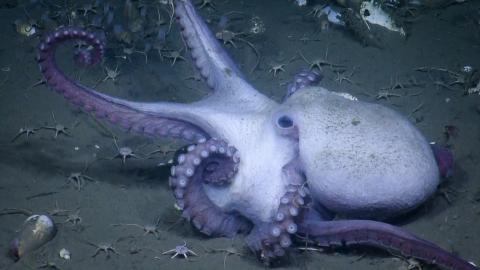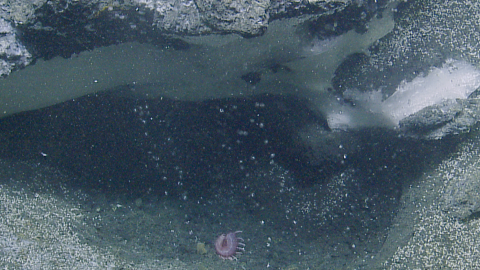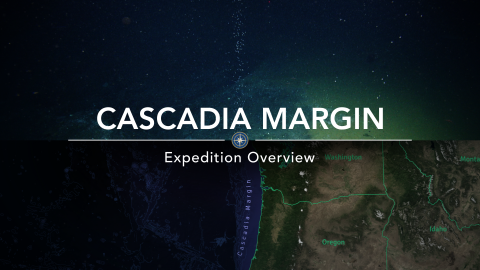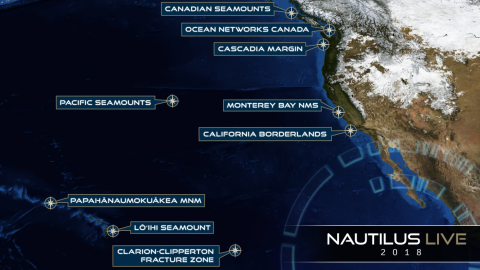The main objectives of this expedition are to explore for methane seeps and hydrate sites and to characterize their associated ecosystems along the U. S. Cascadia Margin. Gas hydrates and gas-filled pockets present in sedimentary deposits provide large reservoirs for methane in the Earth’s crust, and the importance of methane as a potent greenhouse gas has been recognized in recent years. Establishing a baseline by documenting and characterizing these sites is timely because geological events, such as earthquakes or submarine landslides, could result in important environmental impacts due to sudden methane release.
The Cascadia Margin, located offshore Washington, Oregon, and northern California, is of particular interest because high volumes of methane gas and hydrate are stored within this zone. Methane seepage from the Cascadia Margin is widespread, but the number of known sites has dramatically increased in recent years as modern multibeam sonar systems, like the system on E/V Nautilus, have been used to detect methane bubble streams in the water column in addition to collecting seafloor bathymetry and acoustic backscatter. A coordinated water column mapping and data mining effort by our research team in the past two years has resulted in the discovery of over 2700 new bubble streams at over 1000 individual sites on the Cascadia Margin, and this expedition will add to that ongoing research.
Sponsored by: NOAA Office of Exploration and Research
